On day one, after a fairly early evening of sleep in an extremely comfy bed and far too many giant fluffy pillows, I ventured out to see what Tashkent – and my first proper mingling with the Uzbek people – would reveal.
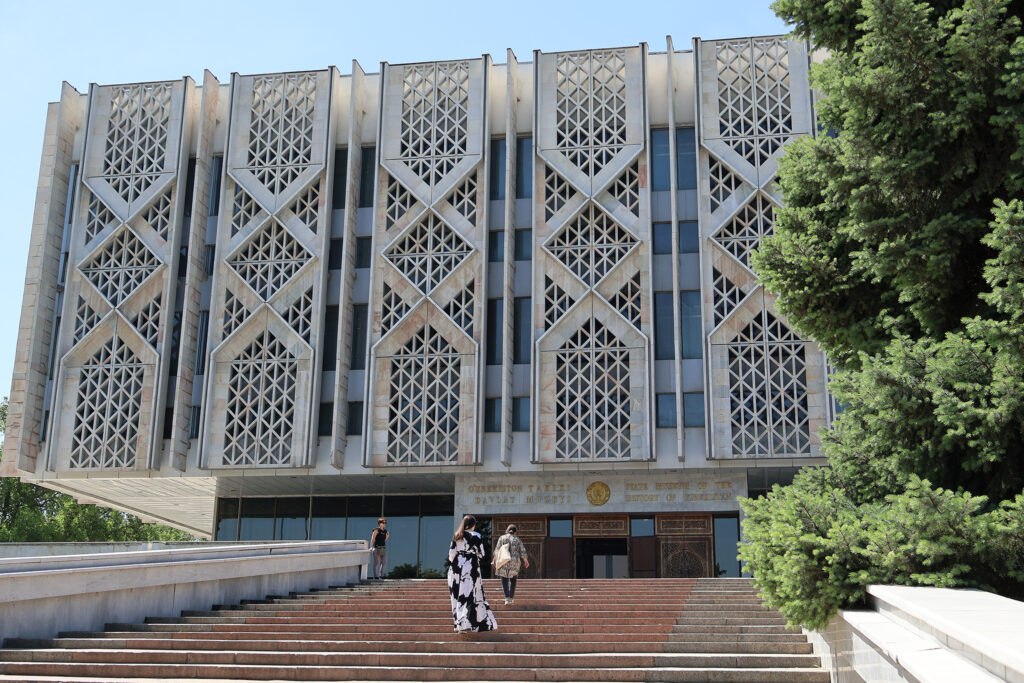
I was truly curious to see what Uzbek culture and the people themselves would be like. This is an area that began settling in 1,000BCE under various tribes; the Scythians, Bactrian, Sogdian, and Tokharian. Then along came some conquerors.
Cyrus the Great of Persia rocked up here in 530BCE, followed by Alexander the Great in 329BCE. These… Great conquests was the period the Silk Road began, creating the original trade route from Persia to China.
Next up on the conquest Bingo board was the Arab invasion by Qutaiba ibn Muslim in 649CE, and as his name might hint, he brought a little religion called Islam to the region. The next few centuries there was a golden age of wealth, art, and science. This would be a calm before a terrible storm. The nightmare clouds of mass murder and genocide loomed and crackled, in the terrible form of the Mongol invasion, lead by Genghis Khan (or Chingiz more correctly).
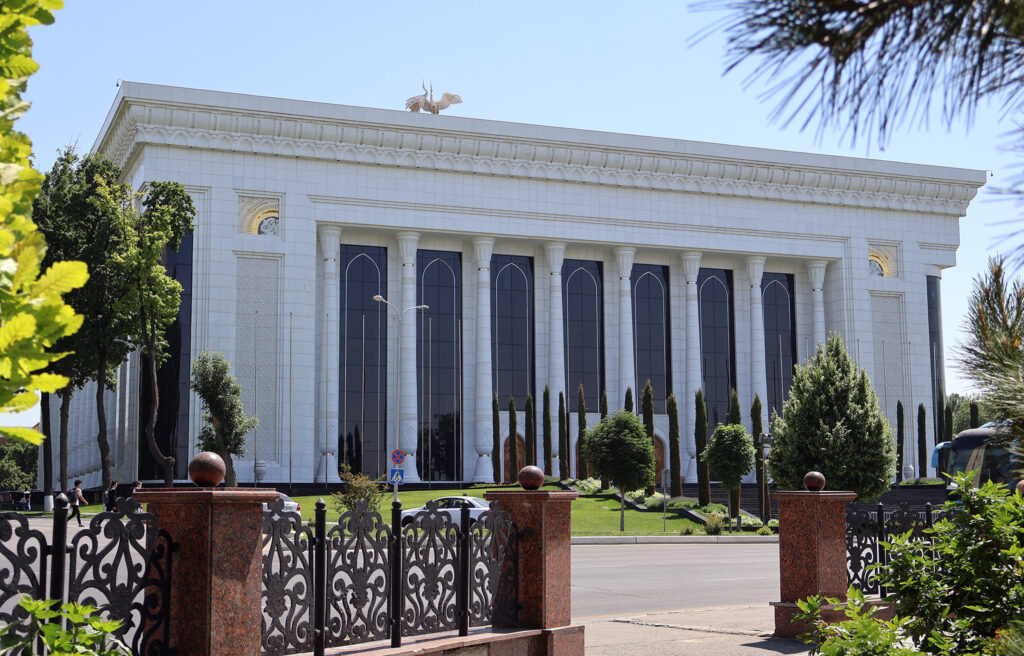
By 1218 Genghis had slaughtered his way into Central Asia. In the city of Samarkand only 50,000 people survived out of around one million. Pyramids of heads where raised as a sign of victory. Genghis was kinky this way, that is until his death in 1227CE, which signalled the beginning of end of the Golden Horde.
Amir Timur is a name immortalised in Uzbekistan. This strapping young lad began creating alliances in 1360 eventually leading to a new empire, modestly called the Timurid Empire (to be fair, they didn’t call themselves that, it was historians centuries later that would). He kicked the arses out of the Mongols and sent them packing, and built an empire stretching from Turkey to India. Before his death in 1405, he was the most powerful Islamic ruler in the world.
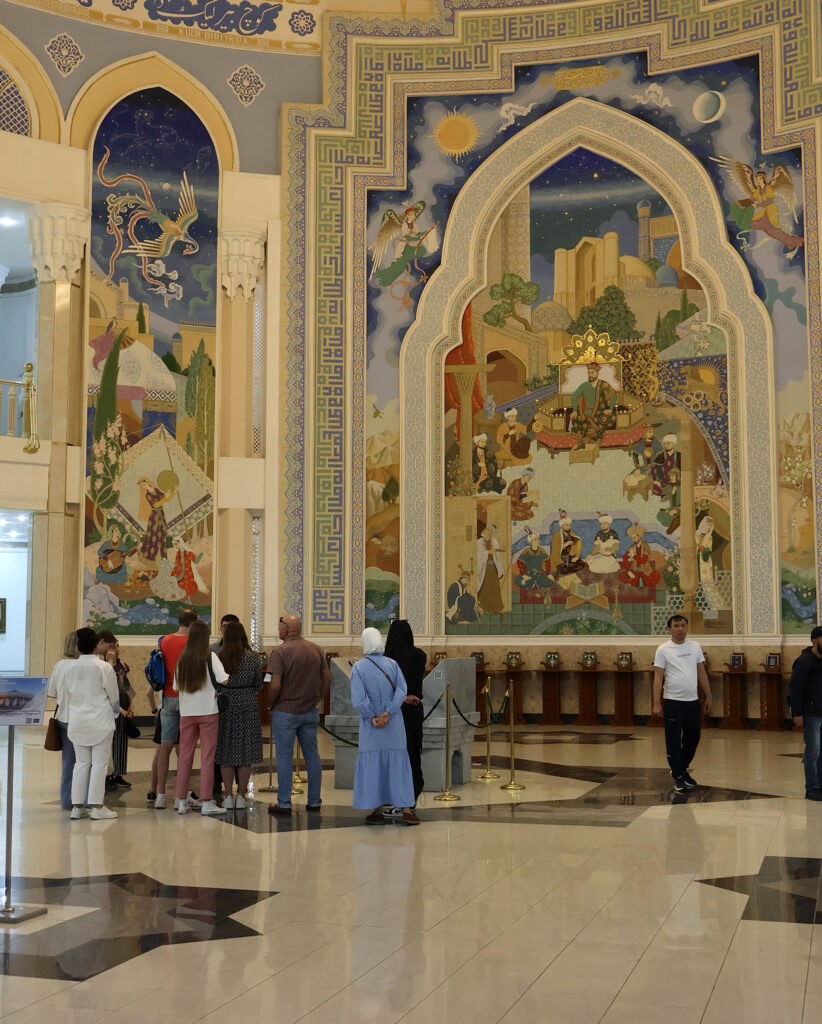
The final conquest came in the form of Soviet Russia, with the creation of Uzbek SSR in 1924. Their freedom and independence finally came in 1991 under the leadership of the venerated Islam Karimov, the Republic of Uzbekistan’s first president. Despite being 30 years since throwing off the Soviet shackles, the influence still remains and Russian is still the preferred language of the older generation. And oh boy, is the architecture ever present.
The first big surprise came in how technology embracing the Uzbeks are. At least here in Tashkent. Tap and Go payment is everywhere. They barely have marked taxi’s as everything is on the Yandex Go app (the Russian equivalent to Uber), and their Metro is fantastic – just pay a fee of 1,400som (that’s about 14c) at the ticket counter, get scanned by the gruff looking security guard, and use the QR code on the ticket to go through the barrier gate. And you can take the metro to any station in the city, you essentially just pay to enter the Metro. You could spend all day riding it checking out the architecture at each station if you were so incline.
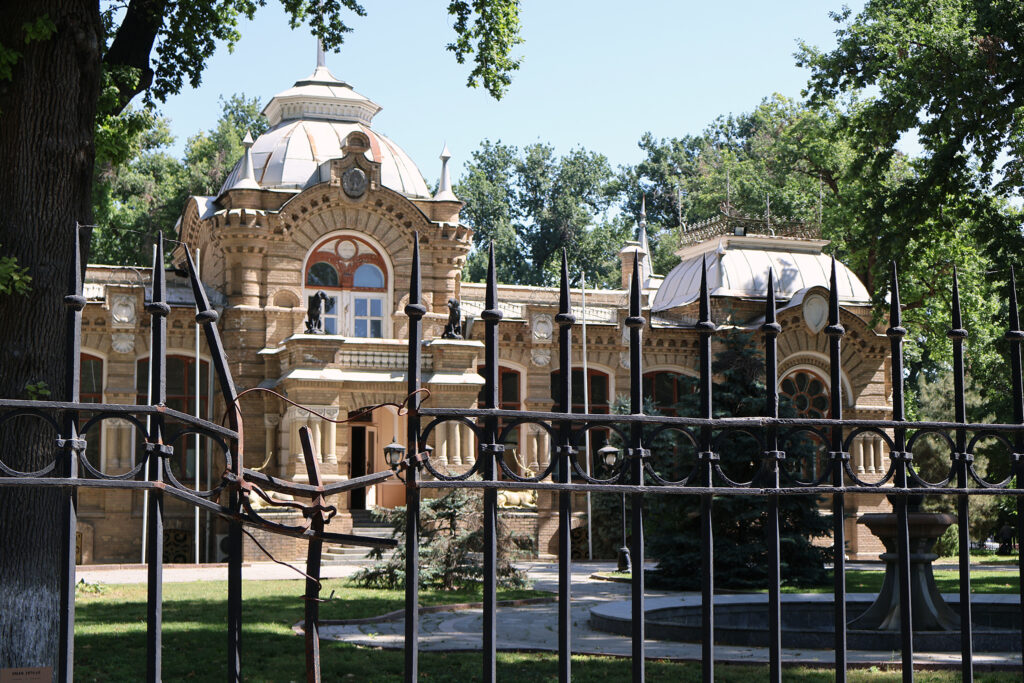
The people are incredibly friendly, and trusting to a fault. After a steak lunch, when I went to pay on card, they asked what my PIN was. I was so confused why they’d ask for my PIN, and the waiter was equally confused why I wouldn’t give it to him. This is the Uzbek ingrained trust of each other; it’s perfectly normal to give people your PIN, as there’s no rampant paranoia that it will be abused. I’m also sure if someone did abuse that trust, they’d have a visit from the extended family to have a “chat”.
With my hotel so close to the city’s main centre of Amir Timur Square, and surrounded by several museums, my mind demanded I see everything nearby immediately. I went too wild and my brain forgot how lacking in fitness I’d become since the last holiday, and the padding put on during the Covid lock downs. By the time I left Tashkent, my feet where actually making screaming sounds with each step, lamenting why I chose to keep walking to another museum when my body clearly was not up to the task.
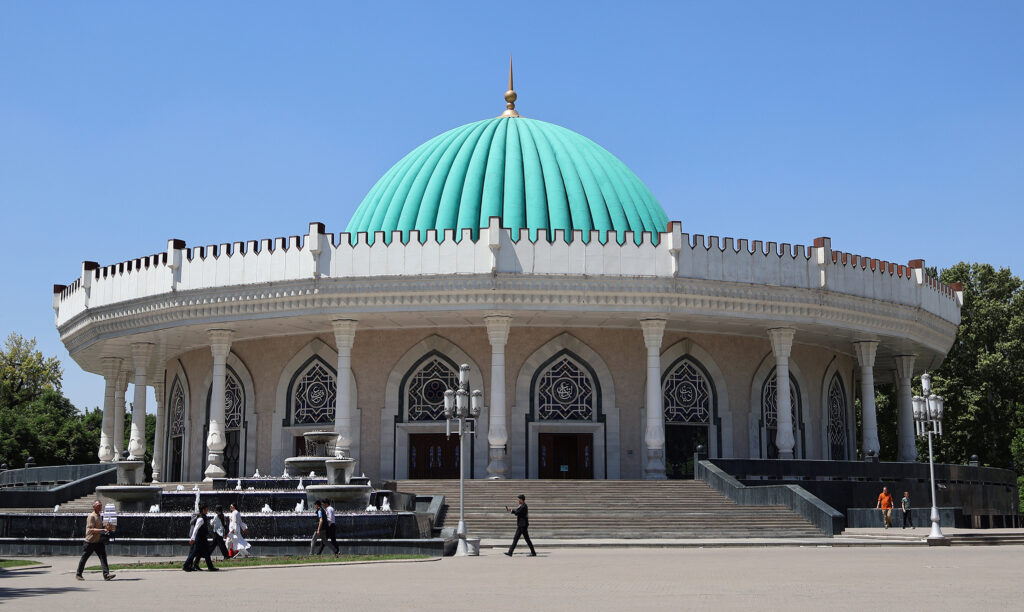
To be perfectly honest, the museums are pretty much what you’d expect from an ex Soviet state. Giant grand buildings on the outside, and inside a fraction of the floor space dedicated to the exhibits. And those pieces on display kind of felt a little sad and neglected. Still, it’s all about the experience and my feet can shut up.
The parks next to Amir Timur Square are an oddity. It’s like a circus had rolled up recently and forgot to take their stalls. The grassy green paths are dotted with booths to test your strength, shoot balloons, buy ice cream and coffee, hire e-bikes and paddle wagons, and the popular hire a table tennis table. It was here I became noticing a particular food that appears everywhere, including my hotel breakfast – the humble frankfurter. These pink sausages, usually in hot dog form, appear to be insanely popular. I read that Plov was the national dish, but I fear to say the Hot Dog has taken over.
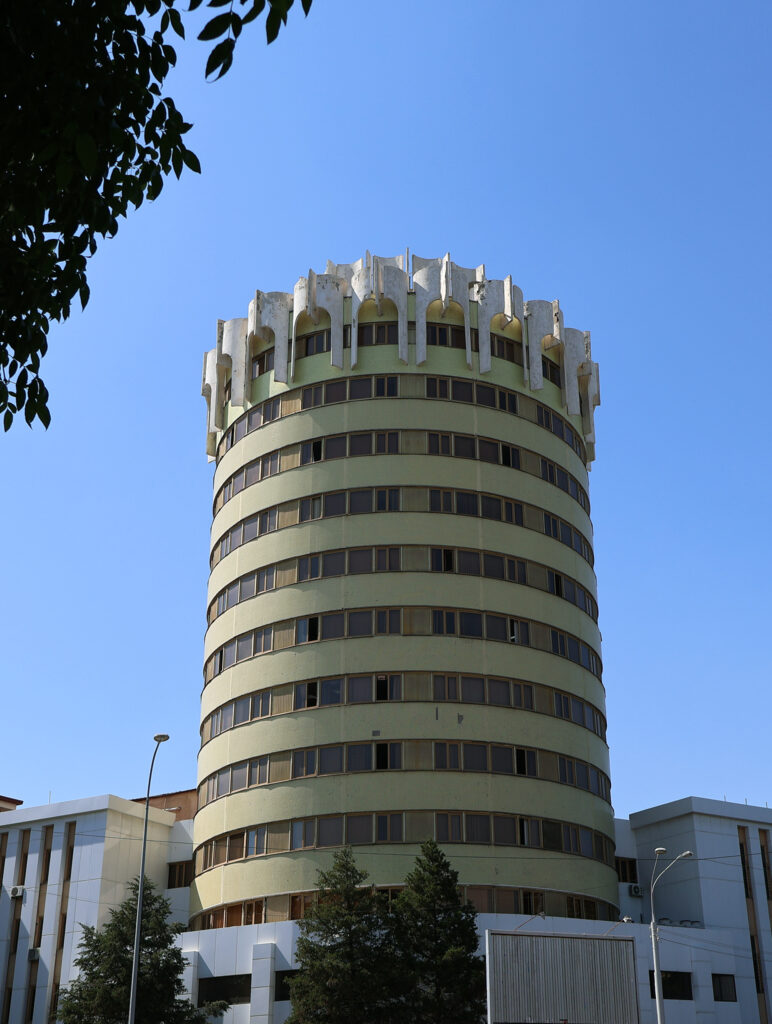
Other than museum hopping, I did visit other sites. The Kavimov Memorial is basically a huge park, monument, and an exhibit hall, deifying the first Republic president. The exhibit hall is all portraits of him – dozens of them – of Kavimov holding happy children, surrounded by happy children, worshipped by happy children, or turning into a ravenous tiger attacking vultures (I’m not kidding). The artists commissioned for these paintings sure do have some imagination.
The Chorsu Bazaar is just what to expected from a bazaar in the region; an enormous market selling pretty much everything you can think of. Stalls where you can buy cloths, auto parts, vegetables, meat, flowers and plants, and my favourite being a walk past open spices that fill your head with amazing aroma’s that stirs an devilish desire to grab a chicken, douse it in all the spices, and start grilling. The spice trade is alive and well here.
After getting lost in the bazaar trying to figure out where the Metro entrance was, finally I saw the big red M to mark the stairs down, and what seemed to be guarding the stairs were three Russian mafia looking stereotypes, clad head to toe in Adidas branded cloths. After I pointed at the stairs and said “Metro?”, one burst into a grin, shook my hand, and asked my name. “Matt”, I told him. He replied motioning to himself, “Olmed!”. We shook hands again, and then something came over his face. Suddenly he proudly declared himself as “Olmatt!”, as everyone nodded in agreement this was a great portmanteau of our names.
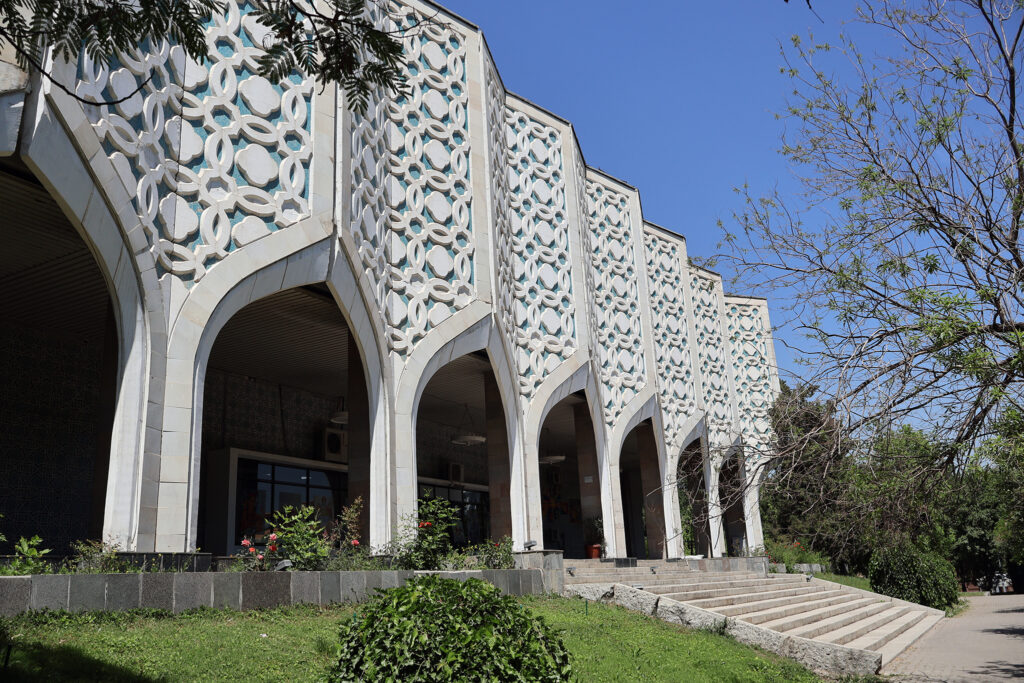
I left my new friends and had an early night. I was catching the train at 6:20am to Margilon in the east, and have been told to get there at least 45mins beforehand.
Setting my alarm for 4:30am, I drifted off wondering what the Fergana Valley had in store for me over the next few days.
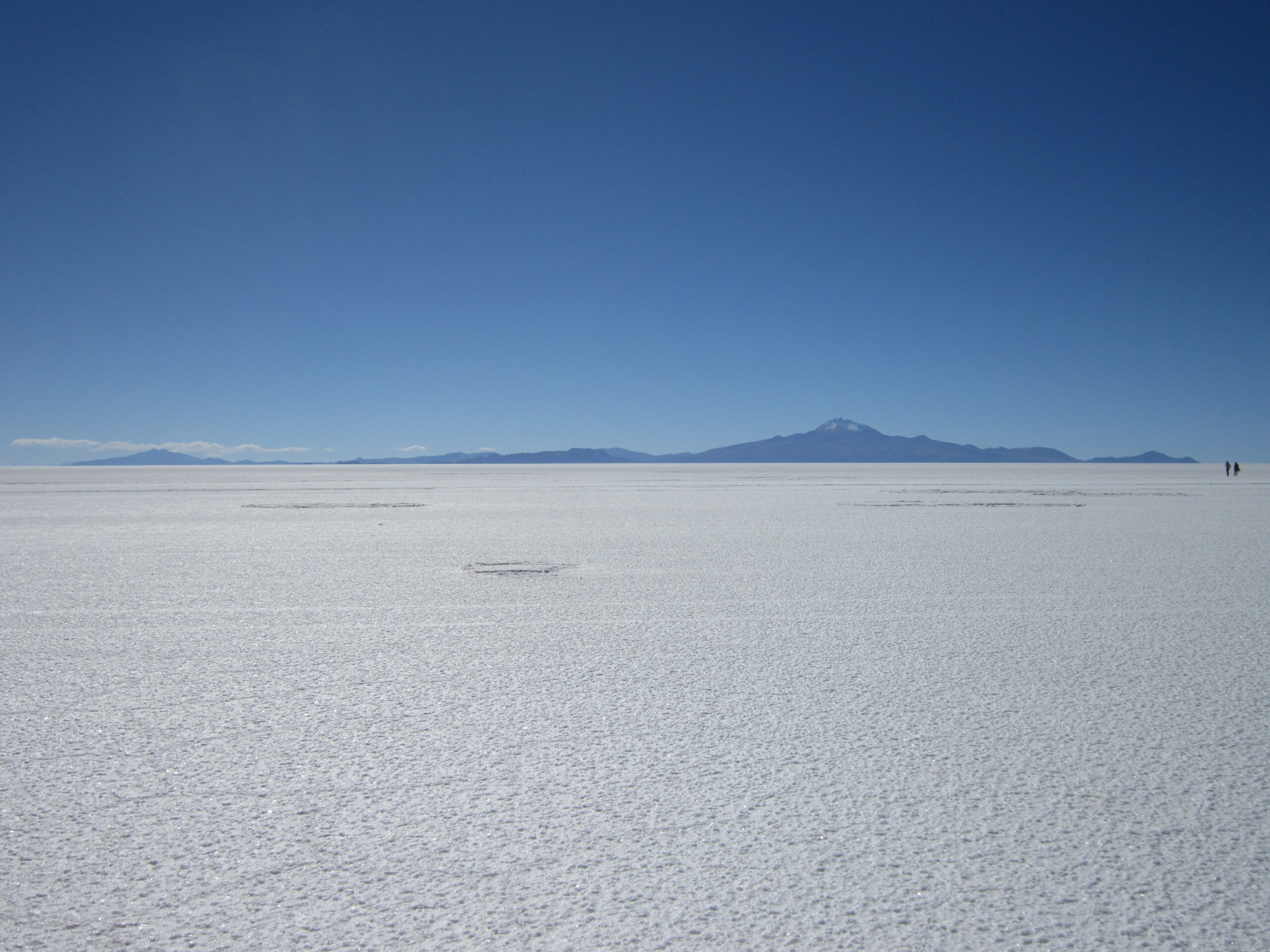

2 responses to “Tashkent – A bit of Soviet in my Uzbek”
Great photos. The architecture is fabulous. Love the colours in the museum. Take care.
Beautifully written Matt,and evoking the imagination.